New era for BMW electric cars, says design chief Domagoj Dukec
‘BMW i models are becoming the most relevant part of the brand,’ says the company’s head of design Domagoj Dukec, as he talks about a trio of new BMW electric cars, the iX3, i4 and iX, and what they mean for the future of the brand
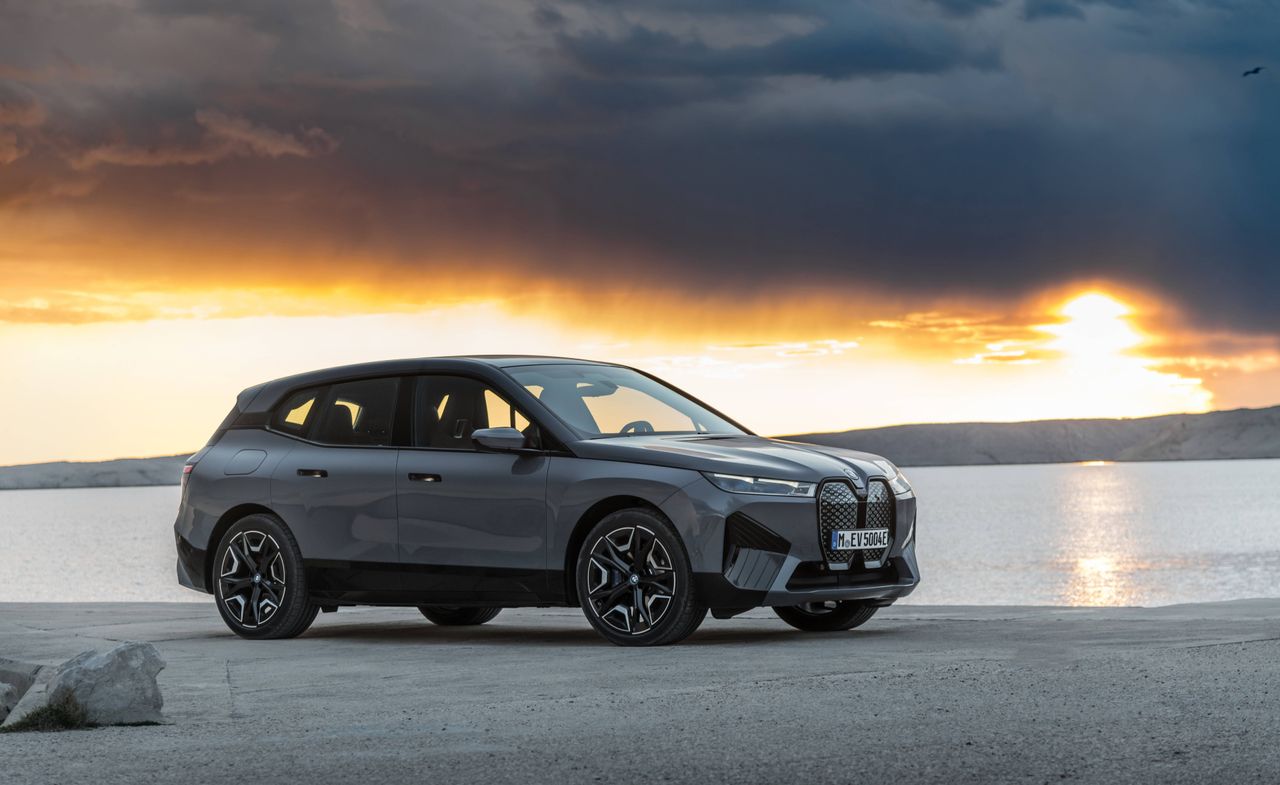
The Croatian automotive designer Domagoj Dukec has been at the helm of BMW’s global design team since April 2019. Before this, he had overseen some of the BMW Group’s many sub-divisions, including time as chief designer at BMW i and BMW M. With responsibility for the Bavarian brand’s global design direction, he is at the heart of the action during a fevered period for the industry. We spoke to Dukec about the company’s newest models, a trio of pure electric cars, the new iX3, i4 and iX, and what they mean for the future of BMW.

Domagoj Dukec, head of BMW design
Wallpaper*: BMW was one of the pioneers of creating pure electric cars. How is BMW responding to the accelerating adoption of EVs around the world?
Domagoj Dukec: BMW is undergoing a ‘time of transformation’. The BMWi models are becoming more and more the most relevant part of the brand, especially in markets like China. Although the EV percentage of sales is still low, it is rapidly increasing. Our strategy was to make EVs very visible, then fold them into the main product line.
W*: Tell us about your newest models, the BMW iX3, i4 (showcased as a concept by Wallpaper* in 2020) and iX.
DD: We have two strategies. The BMW i4 and BMW iX3 are high-volume cars. People have wondered why the i4 and iX3 are not very progressive designs, like the original i3 or i8. An iX3 is for someone who wants an electric X3, while the i4 is at the very core of BMW, the three-box sedan. It brings everything together. It is a modern interpretation of the Neue Klasse 3-Series design.
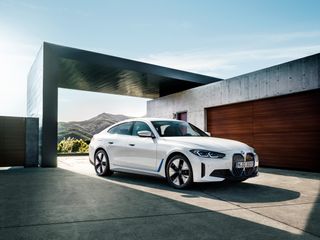
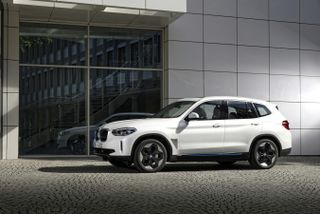
The new BMW iX3 is an all-electric version of the X3 SUV
W*: These two models are closely related to their combustion engined equivalents. What about the BMW iX?
DD: The iX is a very different story. It is a pivotal product for a whole new way of thinking about car design. Our focus is more on the interior than the exterior. We invented the SUV segment with the X5, and then evolved it with the X6. But this is not a bold, bossy car like the original ‘X’ models. We wanted to see how the idea of X-ness will change and become more sustainable in the future. It’s a car for people who want to be different.
W*: How did you make the most of the advantages that an electric drivetrain offers?
DD: The interior space is better. BMWs are traditionally rear-wheel drive, which means an engine that intrudes into the cabin and a large transmission tunnel. The proportions have come to express a certain amount of status, one that you don’t get with the stance of a front-wheel drive. Although somehow it’s a bit dated now. It doesn’t offer as much space. Electric cars can have a flat floor and you get more space on the same footprint. It’s in line with our sustainable values. Cars aren’t getting bigger. But overall, proportions aren’t really changing. Aerodynamics don’t change, nor does human physiognomy.
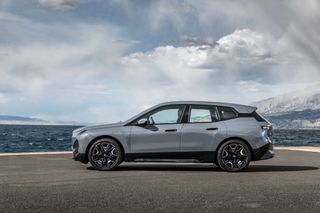
The BMW iX is the company’s new electric flagship, a technology-filled, full-sized SUV that points to a new design direction
W*: Cars are getting heavier. How does BMW deal with this?
DD: You have to accommodate it. An EV weighs 300kg more than a combustion engine car. So you need more overhang for crash compensation – it’s just physics. Safety drives car design more than ever before because of this weight.
W*: What about new materials? The i3 and i8 had a pioneering use of carbon fibre.
DD: Our approach is always where to use the right material for the best performance. We tend to use carbon fibre on roof structures to keep the centre of gravity low. Steel for structure because it's strong and aluminium for panels that can be deformed.
Wallpaper* Newsletter
Receive our daily digest of inspiration, escapism and design stories from around the world direct to your inbox.
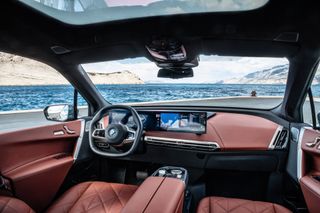
The dashboard of the 2021 BMW iX shows the influence of architecture and a minimal material palette
W*: How was the iX developed?
DD: It was very different to the Project ‘i' cars like i3 and i8. They were more like an internal start-up project, a new brand within BMW. The iX was produced and developed by exactly the same production team as our other cars, which was a challenge. For example, we reduced the amount of interior elements. We offer more by doing less. This ‘mono material’ approach shows more exclusivity than a traditional patchwork interior design, but it’s not what our teams are used to doing.
W*: What are your favourite elements of the interior?
DD: Our whole thinking was how to give the interior space a non-automotive feel. Of course, for safety reasons you can’t just make a lounge. The seats have to face forwards, there’s a steering wheel. But it is different. The way the screen is presented is like a television on a piece on furniture. All the functional elements, like the ventilation controls and seat adjustment buttons, are treated like items of jewellery. It’s a more philosophical approach. We’ve also mounted the iDrive controller on a wood console, because it feels human and natural. These touch points are important.
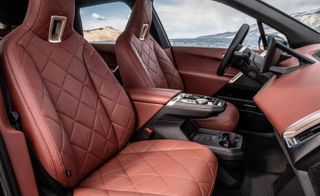
The BMW iX interior makes full use of the extra interior space created by the electric powertrain
W*: So will we see these features in future BMW models?
DD: The smart material approach, for sure. The iX is not like sitting in a fighter jet or a computer, it’s about using new technology to reduce complexity. Society has changing values and attitudes and BMW wants to reflect that. We want to be pioneering and responsible without compromising the emotional experience of our cars.
INFORMATION
Jonathan Bell has written for Wallpaper* magazine since 1999, covering everything from architecture and transport design to books, tech and graphic design. He is now the magazine’s Transport and Technology Editor. Jonathan has written and edited 15 books, including Concept Car Design, 21st Century House, and The New Modern House. He is also the host of Wallpaper’s first podcast.
-
 The world’s best denim brands, according to Wallpaper*
The world’s best denim brands, according to Wallpaper*From heritage brands to luxury names and independent innovators, our comprehensive guide to the world’s best denim brands helps you find the perfect pair of jeans
By Mary Cleary Published
-
 London’s Sloane Street has been transformed into a ‘green boulevard’
London’s Sloane Street has been transformed into a ‘green boulevard’Iconic shopping destination Sloane Street has had a facelift, now boasting wider pavements, enhanced seating and lighting, and a massive planting scheme
By Anna Solomon Published
-
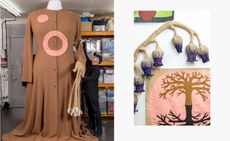 'We need to be constantly reminded of our similarities' – Jonathan Baldock challenges the patriarchal roots of a former Roman temple in London
'We need to be constantly reminded of our similarities' – Jonathan Baldock challenges the patriarchal roots of a former Roman temple in LondonThrough use of ceramics and textiles, British artist Jonathan Baldock creates a magical and immersive exhibition at ‘0.1%’ at London's Mithraum Bloomberg Space
By Emily Steer Published
-
 Wallpaper* takes the wheel of the Bentley Blower Jnr for a rich automotive experience
Wallpaper* takes the wheel of the Bentley Blower Jnr for a rich automotive experienceHedley Studios has shrunk the mighty Bentley Blower into this all-electric, road-legal barnstormer. We take it to the streets of London
By Jonathan Bell Published
-
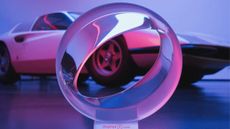 We are the world: Pininfarina’s ‘Orbis’ taps Papal support for an eco-friendly agenda
We are the world: Pininfarina’s ‘Orbis’ taps Papal support for an eco-friendly agendaThe Orbis is a ‘symbolic object’, a gift to Pope Francis from the Italian design agency at a time of political upheaval and social fracture around all aspects of sustainability
By Jonathan Bell Published
-
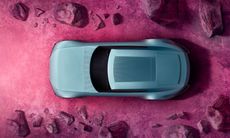 The top 10 concept cars of 2024, as selected by Wallpaper’s Transport Editor
The top 10 concept cars of 2024, as selected by Wallpaper’s Transport EditorWe round up our favourite forays into futuristic design with this collection of concepts and design studies showcasing the transport of tomorrow
By Jonathan Bell Published
-
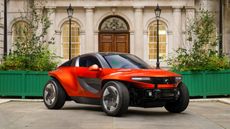 The exclusive Callum Skye EV reveals its interior style ahead of a 2025 launch
The exclusive Callum Skye EV reveals its interior style ahead of a 2025 launchThe Skye is a bespoke sporting EV with a lightweight ethos and an unconventional design. The forthcoming car now has a fully finished interior
By Jonathan Bell Published
-
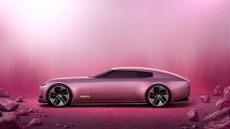 La Vie en Rose: can the Jaguar Type 00 reset the narrative surrounding the brand’s reinvention?
La Vie en Rose: can the Jaguar Type 00 reset the narrative surrounding the brand’s reinvention?This is the Jaguar Type 00, the first physical manifestation of the reborn brand’s new commitment to ‘Exuberant Modernism’. We take it for a semiotic spin
By Jonathan Bell Published
-
 Revived Scout Motors reveals two all-electric utility vehicle concepts
Revived Scout Motors reveals two all-electric utility vehicle conceptsAs Scout throws the covers off its debut Traveler SUV and Terra truck concepts, Wallpaper* speaks to its chief design officer Chris Benjamin about the reborn brand
By Jonathan Bell Published
-
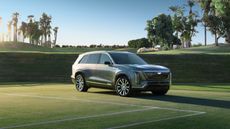 Cadillac extends its EV portfolio with the new Vistiq, a luxury three-row SUV
Cadillac extends its EV portfolio with the new Vistiq, a luxury three-row SUVIf you absolutely have to drive an SUV, the launch of the Cadillac Vistiq means the marque now offers a full suite of electric options
By Jonathan Bell Published
-
 Kia fields a pair of all-electric camping concepts, the PV5 WKNDR and EV9 ADVNTR
Kia fields a pair of all-electric camping concepts, the PV5 WKNDR and EV9 ADVNTRThe 2024 SEMA show saw two new concept designs from Kia, exploring the art and function of the all-electric camping machine
By Jonathan Bell Published